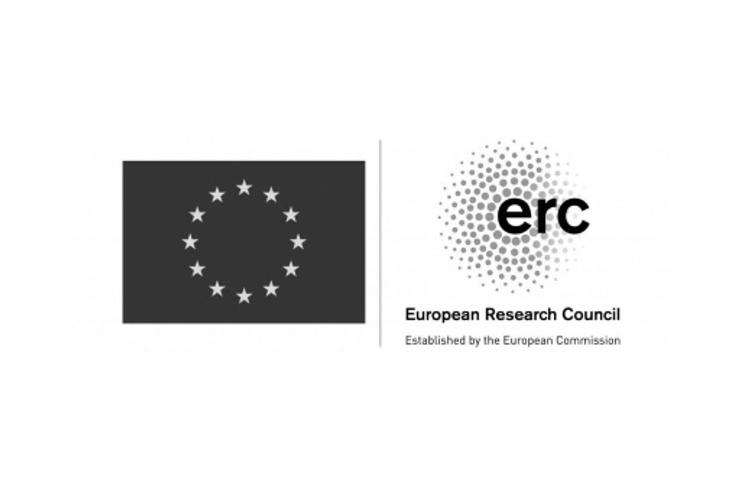- Home
- News And Events
- News
- Lyraics: A Groundbreaking Ai Music Recommender For The Spanish Language
LyrAIcs: a groundbreaking AI music recommender for the Spanish language

LyrAIcs is a project funded by the European Commission under the Horizon 2020 program and developed by IE University.
LyrAIcs, the first music recommender that allows searching for songs in Spanish using Artificial Intelligence has been launched. This ERC project, funded by the European Commission under its Horizon 2020 program and developed at IE University, is a game changer for the music streaming industry as it significantly improves playlist recommendations and user options.
Until now, music recommendation systems have been based on musical genres or user preferences, and did not take into account the content of the lyrics.
LyrAIcs represents an advance because it detects semantic similarities between songs to offer much more precise recommendations.
It also provides an API for third parties to exploit its algorithms and language models, as well as a
sandbox for users to explore this technology by mixing songs from different eras, genres, and periods.
The project was developed within the Center for the Governance of Change at IE University, and was led by Elena González-Blanco, Co-founder and CEO of Clidrive and Clibrain and Associate Professor at IE, and Salvador Ros, Director of the Digital Humanities Innovation Laboratory at UNED. They led a research team made up of national and international specialists in Natural Language Processing, Artificial Intelligence, and Poetry. The team trained a system of algorithms for over 200 hours, creating six language models specifically designed to understand and analyze song lyrics in Spanish.
“Despite Spanish being the second most listened-to language in the musical field, there is hardly any specific technology for analyzing it, and existing artificial intelligence algorithms are not sufficiently trained to understand Spanish.”
Elena González-Blanco.
The new paradigms of AI with the LLMs (Large Language Models) that have emerged in recent months have enabled LyrAIcs to maximize its results.
All the features of the application are now available at lyraics.com.

This project has received funding from the European Research Council (ERC) under the European Union’s Horizon 2020 research and innovation programme (grant agreement No 964009).
